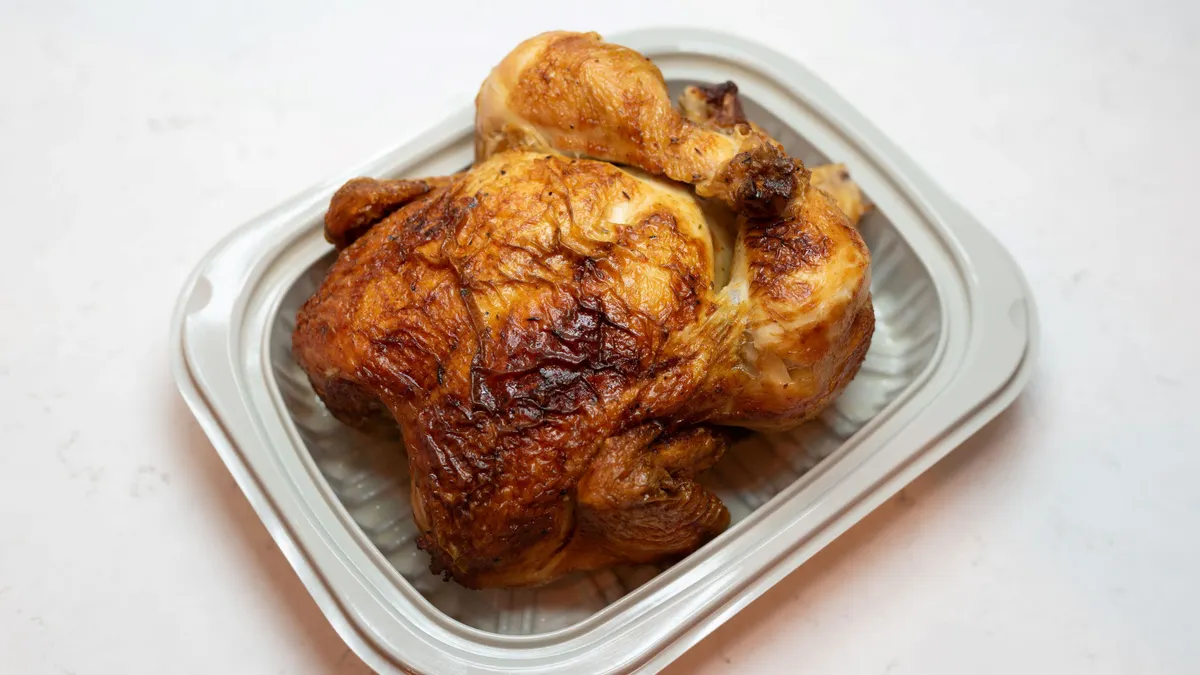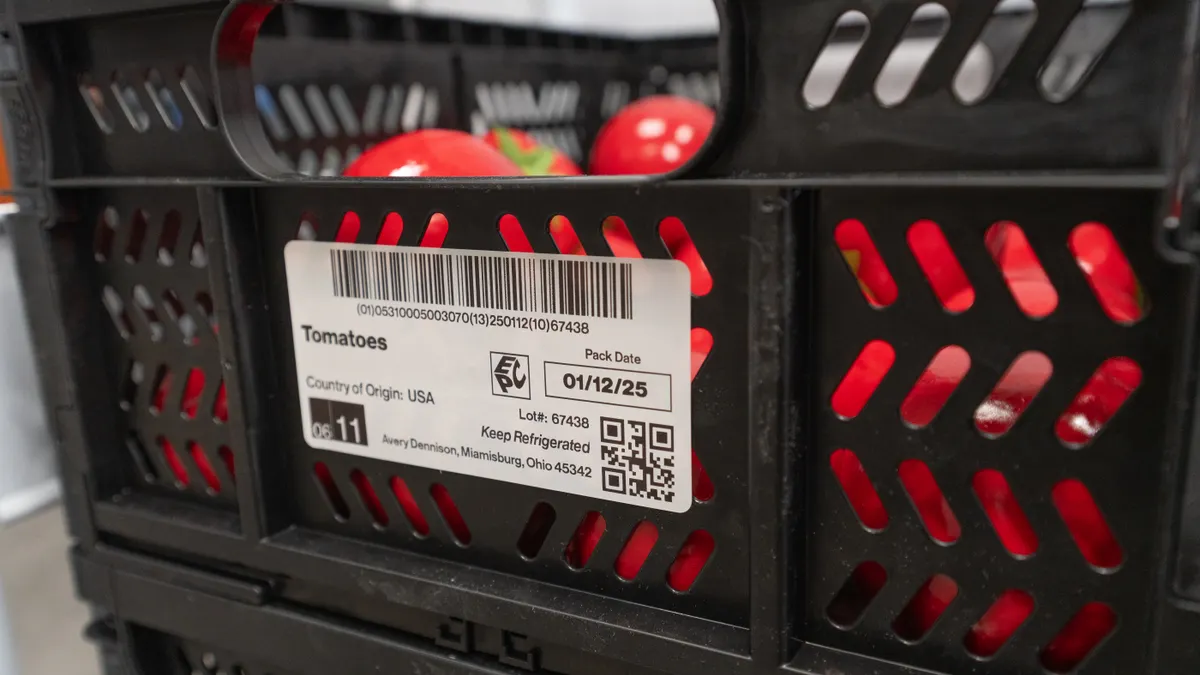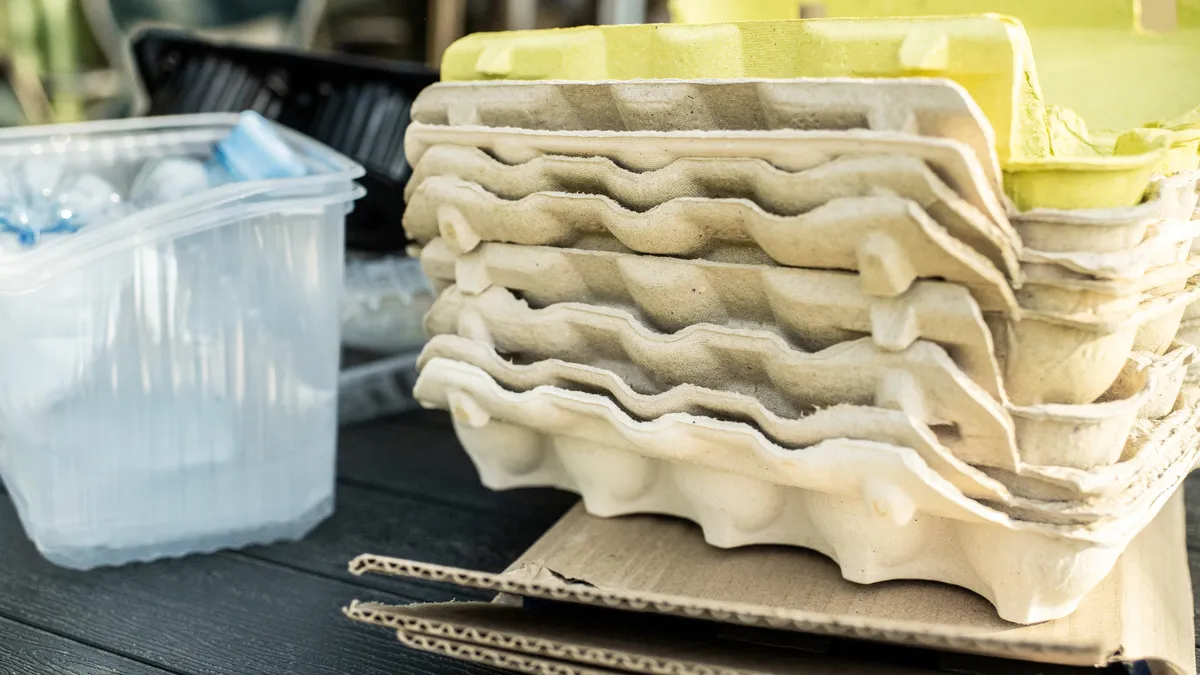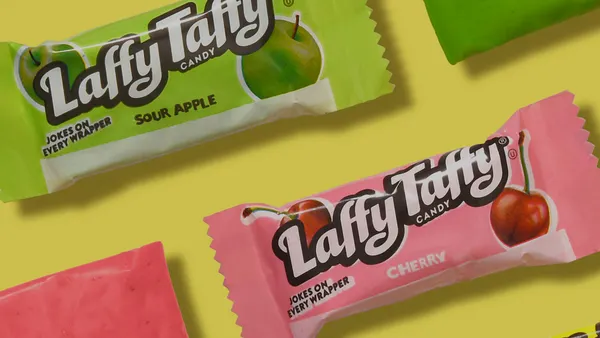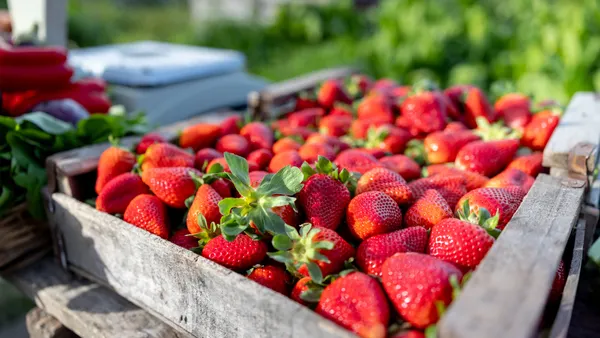Companies constantly innovate and redesign their packaging to boost performance, improve marketability and enhance sustainability. Here’s a look at four packaging launches and revamps on Packaging Dive’s radar.
Not chickening out of changes
The poultry packaging at retailer Sam’s Club has undergone more changes than meet the eye as part of a broader revamp of its Member’s Mark rotisserie chickens. The recently unveiled clamshell packaging is a different color and contains postconsumer recycled content, a spokesperson said via email.
The clear lid is made from polypropylene. The bottom is made with food packaging manufacturer Sabert’s proprietary PP blend containing 25% PCR. That piece also is now a “stone color” instead of black because it no longer contains the carbon mineral filler that created the dark color. The move away from black allows the product to be recycled, according to the spokesperson.
The company estimates the PCR inclusion reduces virgin plastic use by 25% compared with its standard package, and it says 7.5 bottle caps are repurposed to make each tray.
Easy squeezy

O Olive Oil & Vinegar joined a growing trend in the condiments market and introduced a squeeze bottle for a couple of its California extra virgin olive oil products. This taps into the squeeze bottle trend that chefs have long favored that is now gaining popularity in home kitchens, according to a company press release.
The company says the bottles are BPA-free and recyclable.
“This launch isn't just about packaging — it's about making exceptional olive oil easier to use and accessible to more people,” said CEO Paolo Colavita in the press release.
Carton collaboration

Packaging manufacturer Elopak worked with fellow Norwegian company Orkla Home and Personal Care as well as U.S.-based Dow to create its first cartons that incorporate recycled polyethylene as well as polymers from renewable sources.
This line of D-Pak cartons features a paperboard base. The packaging is coated internally with a thin plastic layer that initially will contain 10% postconsumer recycled PE. The remaining 90% of PE is polymers sourced from vegetable-based waste, such as used cooking oil.
“We are early movers in offering this mix of circular and bio-circular materials,” aligning with the target to reduce scope 3 emissions 25% by 2030, said Emilie Olderskog, director of sustainability at Elopak, in a news release.
These D-Pak cartons are available across Nordic countries as of this month, and will become standard across Orkla’s products. The companies say they are being proactive with releasing this product now, ahead of the European Union’s Packaging and Packaging Waste Regulation requirement for recycled content in plastic packaging by 2030.
Lighten the tube
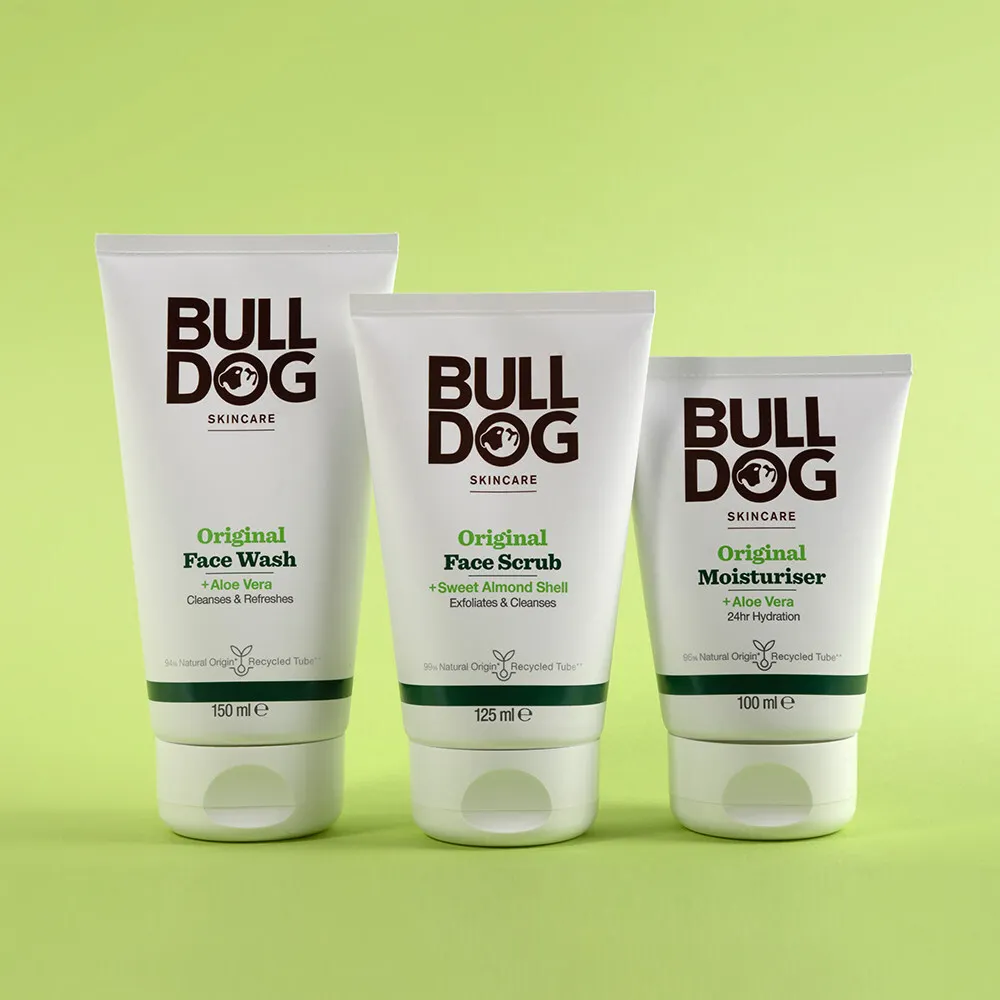
Amcor lightweighted the plastic tubes for Bulldog skin care products, reducing the wall thickness of the tube sleeve by nearly 17%. Amcor also increased the amount of postconsumer recycled plastic in the tube to more than 62%, according to a news release.
Lightweighting these 100 milliliter and 150 milliliter sizes is expected to save approximately 8.5 metric tons of plastic annually, according to a news release. The thinner tube sleeve is compatible with the existing cap and shoulder, so the filling process is not affected, Amcor says. The company also performed rigorous trials to ensure the tubes’ leak-proof qualities, squeezability and overall consumer experience are not altered by the redesign.
Since 2017, Bulldog’s product packaging from Amcor has used a sugarcane-derived plastic as its virgin material.



